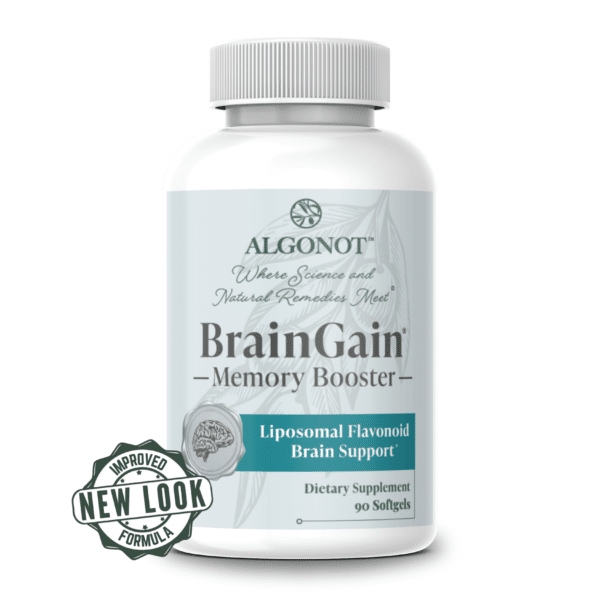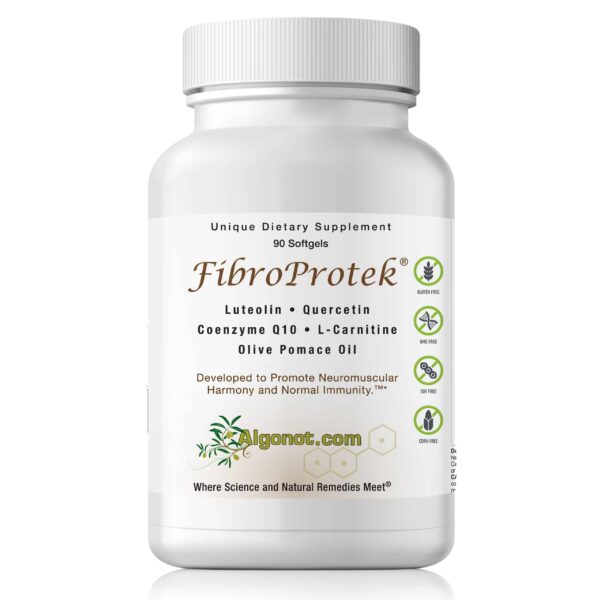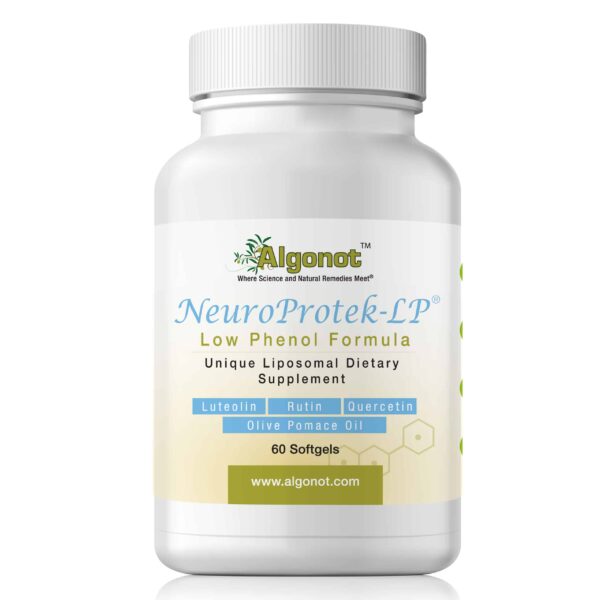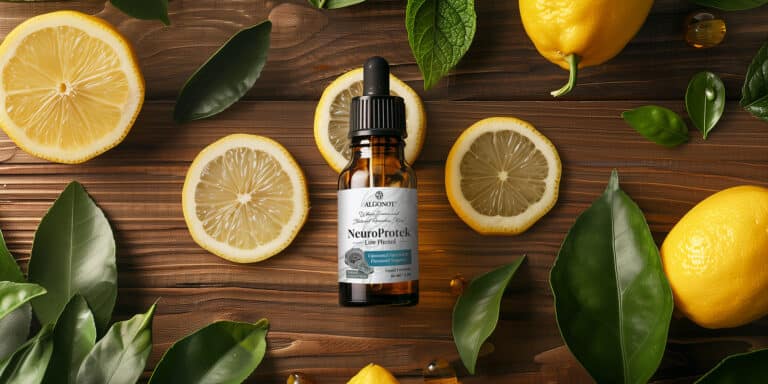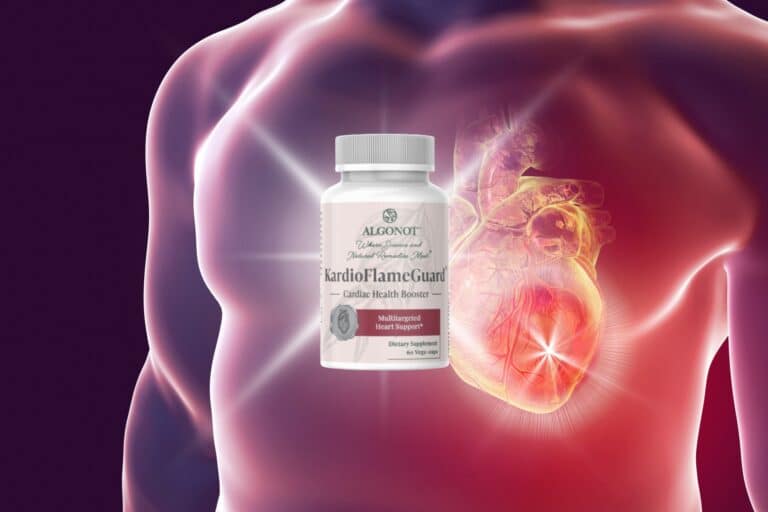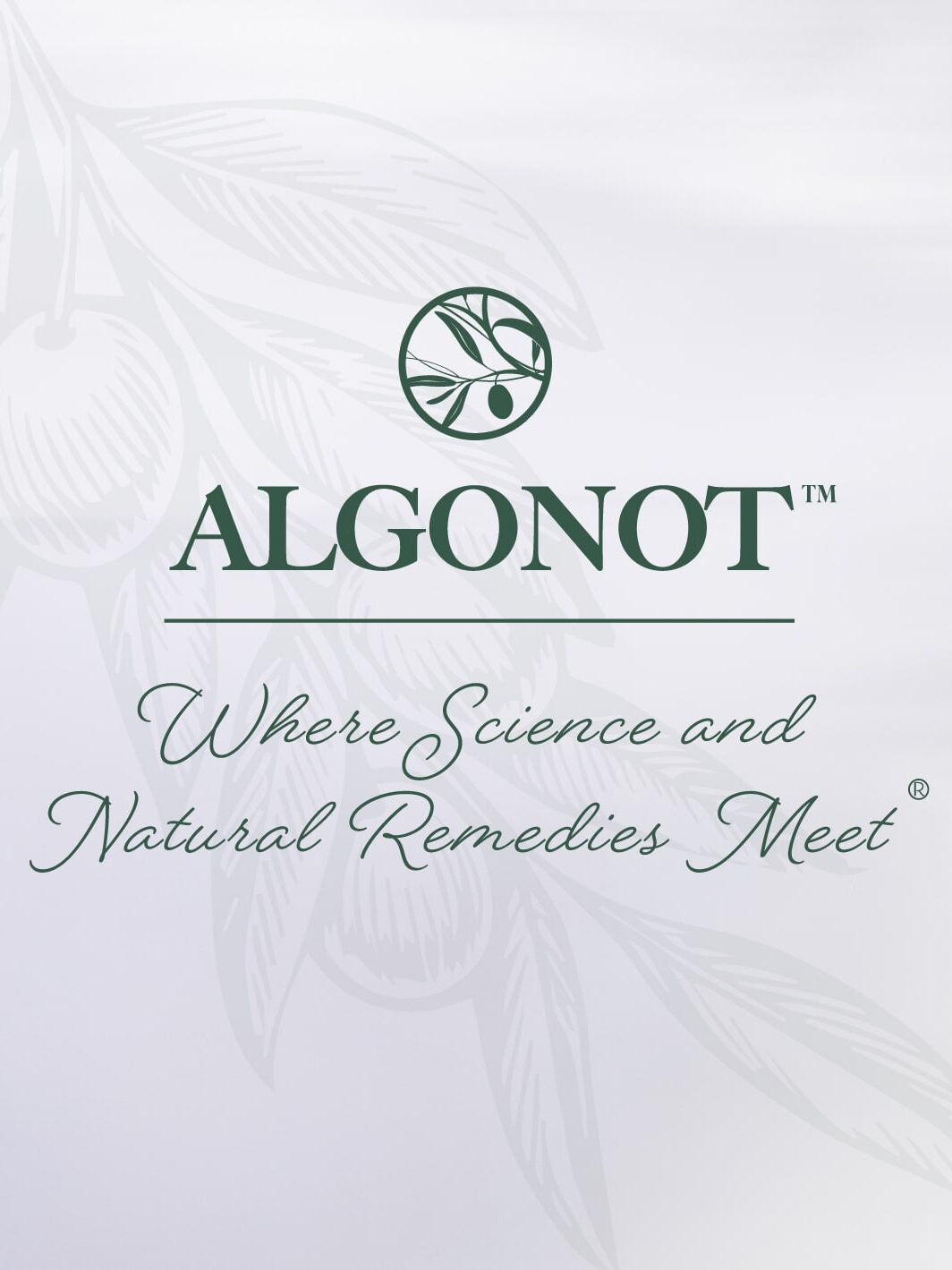The Role of Microglia in Neuroinflammation
Microglia have been considered key players in brain injury, as well as the development of neuroinflammation and neurodegeneration. Upon stimulation, activated microglia adopt an ameboid shape that renders them capable of phagocytosis and release of pro-inflammatory cytokines and free radicals. Mast cells communicate with microglia (Figure 7) leading to their activation and contributing to neuroinflammation. Activation of mast cells and microglia, especially in the hypothalamus and the hippocampus, could lead to cognitive dysfunction and neuronal death. The effect of stress on mast cells has been well documented to both stimulate mast cells directly without secretion of histamine and tryptase, but also increase the reactivity of mast cells to many other triggers. Such an increase in mast cell reactivity has been reported after major surgery, trauma or other severe stressor. There are still no clinically effective inhibitors of mast cell activation (“mast cell stabilizers”). Most treatment approaches use anti-histamines or anti-leukotrienes. Biologics have been used to neutralize the effect of IgE or cytokines such as IL-4 and IL-13, but they do not inhibit activation of mast cells.
Minimizing exposure is important
Minimizing exposure to potential triggers (e.g. allergens, foods, heat, stress) is clearly important, especially avoiding histamine-rich foods (e.g. avocado, cheese, eggplant, nectarines, sardines, spinach, spices, tomatoes). Supplementation with the main histamine metabolizing enzyme, diamine oxidase (DAO) shortly before meals could also be beneficial.
Certain naturally occurring flavonoids, commonly found in fruits, green plants and seeds, have potent antioxidant and anti-inflammatory properties. However, not all of them are safe and many (polyphenolics like resveratrol) can cause hyperactivity, while others (like soy flavonoids) could be detrimental because of their estrogenic effects. Moreover, flavonoids are difficult to dissolve and less than 10% are absorbed from the intestine in powder form thus leading to flavonoid accumulation in the gut and inhibition of gut enzymes causing dysbiosis. To make matters worse, most supplements do not indicate either the source or the purity of the flavonoids (e.g. a cheap source is peanut shells) with the risk of unexpected adverse reactions.
Flavonoid formulations that help
After 30 years of studies with numerous publications and patents, we concluded that the flavone luteolin (Lut) -not lutein which is a carotenoid- stands out because it significantly inhibits the activation of both mast cells and microglia (Figure 8). We then showed that tetramethoxyluteolin (Methlut), the novel structural analogue of luteolin, is an even more potent inhibitor than luteolin and has been incorporated into a skin lotion (GentleDerm®) because unlike other flavonoids, it has no color.
Algonot has formulated luteolin with or without quercetin (98% purity, assayed by the independent laboratory Eurofins) in olive pomace oil (softgel capsules) to increase intestinal absorption and provide the added benefits of unsaturated fatty acids and anti-inflammatory actions of olive oil.
Cognizant of the fact that some 20% of individuals are sensitive to phenolic compounds (found in berries, flavonoids and chocolate), AlgonotTM created the trademarked and patent-protected PureLut® (only luteolin), NeuroProtek-Low Phenol® (same amount of luteolin but less quercetin) and NeuroProtek-Low Phenol-Liquid® in dropper bottles for children who cannot swallow capsules.
As a way of helping the unsuspected consumers, we published an editorial where most available dietary supplements containing luteolin were compared (Biofactors). It was obvious that the labels were very misleading because purity and source were not disclosed, in some instances the content had no color (luteolin and quercetin are yellow), while in other instances small print indicated you had to take multiple doses to reach the amount stated on the label. In any event, combination of flavonoids should not exceed 2,000 mg/day without medical supervision as they may inhibit liver metabolic enzymes.
